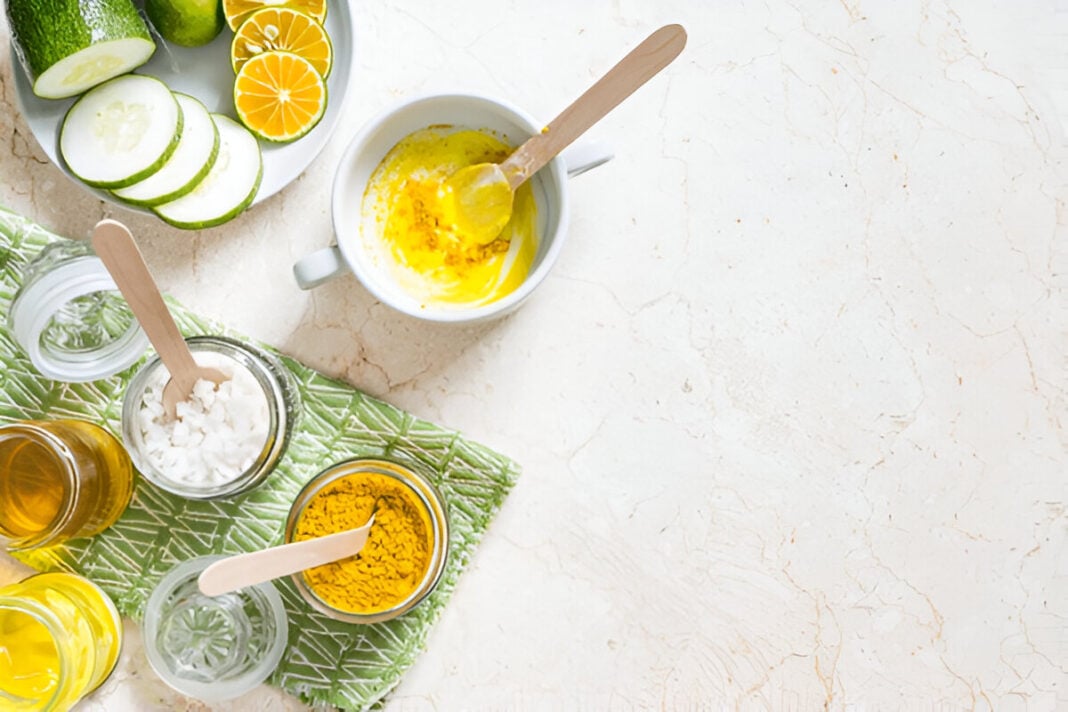In an age where dermatological science meets digital skincare trends, many are rediscovering the healing powers of traditional remedies. From turmeric pastes to aloe vera gel freshly scraped from the plant, these time-honored treatments have not only stood the test of time but are also gaining recognition in modern skincare. While some swear by grandma’s homemade concoctions, others remain skeptical. So, what does the science say about traditional remedies and their true impact on our skin?
A Heritage of Healing
Traditional skin remedies have been passed down through generations across various cultures. In India, Ayurveda promotes the use of turmeric for its anti-inflammatory and antibacterial properties. In Africa, shea butter is a staple for skin moisturization and wound healing. Chinese medicine leans into the benefits of green tea and ginseng for their antioxidant-rich properties. Even in Western households, oatmeal baths for eczema and honey for wounds have become popular natural solutions.
These remedies are often rooted in natural ingredients such as plants, herbs, oils, and minerals that were historically the only available options for skincare. Their enduring popularity hints at effectiveness that transcends anecdotal experience.
The Science Behind Nature
While the allure of “natural” can sometimes be overhyped, some traditional ingredients have indeed been validated by scientific research. Turmeric, for example, contains curcumin, a compound known for its anti-inflammatory and antimicrobial effects. Studies have found it effective in treating acne and reducing psoriasis symptoms (Vaughn et al., 2016). However, topical turmeric can cause staining and irritation for some users.
Aloe vera, another age-old remedy, is rich in vitamins A, C, and E, which help in healing skin and reducing inflammation. Clinical research has shown aloe to be effective in treating burns, psoriasis, and even acne (Surjushe et al., 2008).
Honey, especially Manuka honey, is praised for its antibacterial and wound-healing capabilities. It maintains a moist environment and protective barrier, which promotes faster healing and reduces scarring (Mandal & Mandal, 2011). The key here is purity. Raw, unprocessed honey works best, while the processed kind may not offer the same benefits.
When Tradition Meets Caution
Despite their benefits, traditional remedies aren’t always foolproof. Just because something is “natural” doesn’t make it safe for everyone. Skin types vary, and allergic reactions are not uncommon. For example, tea tree oil is a powerful antimicrobial agent, but it can be too harsh for sensitive skin, leading to redness or peeling.
Moreover, the lack of standardization can be a concern. Unlike lab-produced skincare products that undergo rigorous testing and formulation, homemade remedies might lack consistency in concentration or purity. This can lead to unpredictable results or even harm.
Dr. Sheila Farhang, a board-certified dermatologist, explains, “I see a lot of patients who turn to natural remedies for conditions like acne or eczema, but they sometimes end up with contact dermatitis or worsened symptoms. It’s essential to strike a balance and always patch-test before going all in.”
Integrating the Old with the New
The good news is that traditional and modern skincare do not need to be at odds. Many contemporary products now incorporate ancient ingredients, but in a controlled and dermatologically tested way. Think of clay masks with Moroccan ghassoul clay, serums with licorice root extract, or moisturizers enriched with calendula.
The concept of “clean beauty” often borrows from traditional remedies while blending in modern science. This hybrid approach helps minimize risks while maximizing benefits. For instance, a commercial turmeric serum may offer the perks of curcumin without the staining effect of homemade pastes.
A Return to Mindful Skincare
In a world saturated with 10-step routines and buzzworthy ingredients, traditional remedies bring us back to simplicity. They encourage mindfulness, not just in application, but in understanding what we’re putting on our skin and why. It’s about listening to our skin, observing how it reacts, and nurturing it with patience.
Moreover, traditional skincare often aligns with broader wellness philosophies. In Ayurveda or Traditional Chinese Medicine, skincare is not isolated from overall health. Factors like diet, sleep, and stress are considered integral to skin health. That holistic view is gaining ground even in Western dermatology today.
Traditional remedies offer a valuable treasure trove of knowledge and natural care. Many have stood the test of time and are now being embraced by science-backed skincare. However, it’s crucial to approach them with both curiosity and caution. Not every natural ingredient is right for everyone, and “DIY” isn’t always better.
Before diving into a turmeric mask or slathering on raw honey, take a step back. Patch-test. Do a little research. And if your skin has specific conditions, consult a dermatologist. Tradition and science can work together, offering a skincare journey that is both rooted in history and informed by evidence.
References
- Mandal, M. D., & Mandal, S. (2011). Honey: its medicinal property and antibacterial activity. Asian Pacific Journal of Tropical Biomedicine, 1(2), 154–160. https://doi.org/10.1016/S2221-1691(11)60016-6
- Surjushe, A., Vasani, R., & Saple, D. G. (2008). Aloe vera: a short review. Indian Journal of Dermatology, 53(4), 163–166. https://doi.org/10.4103/0019-5154.44785
- Vaughn, A. R., Clark, A. K., Sivamani, R. K., & Shi, V. Y. (2016). Natural oils for skin-barrier repair: Ancient compounds now backed by modern science. American Journal of Clinical Dermatology, 17(4), 371–383. https://doi.org/10.1007/s40257-016-0206-1











